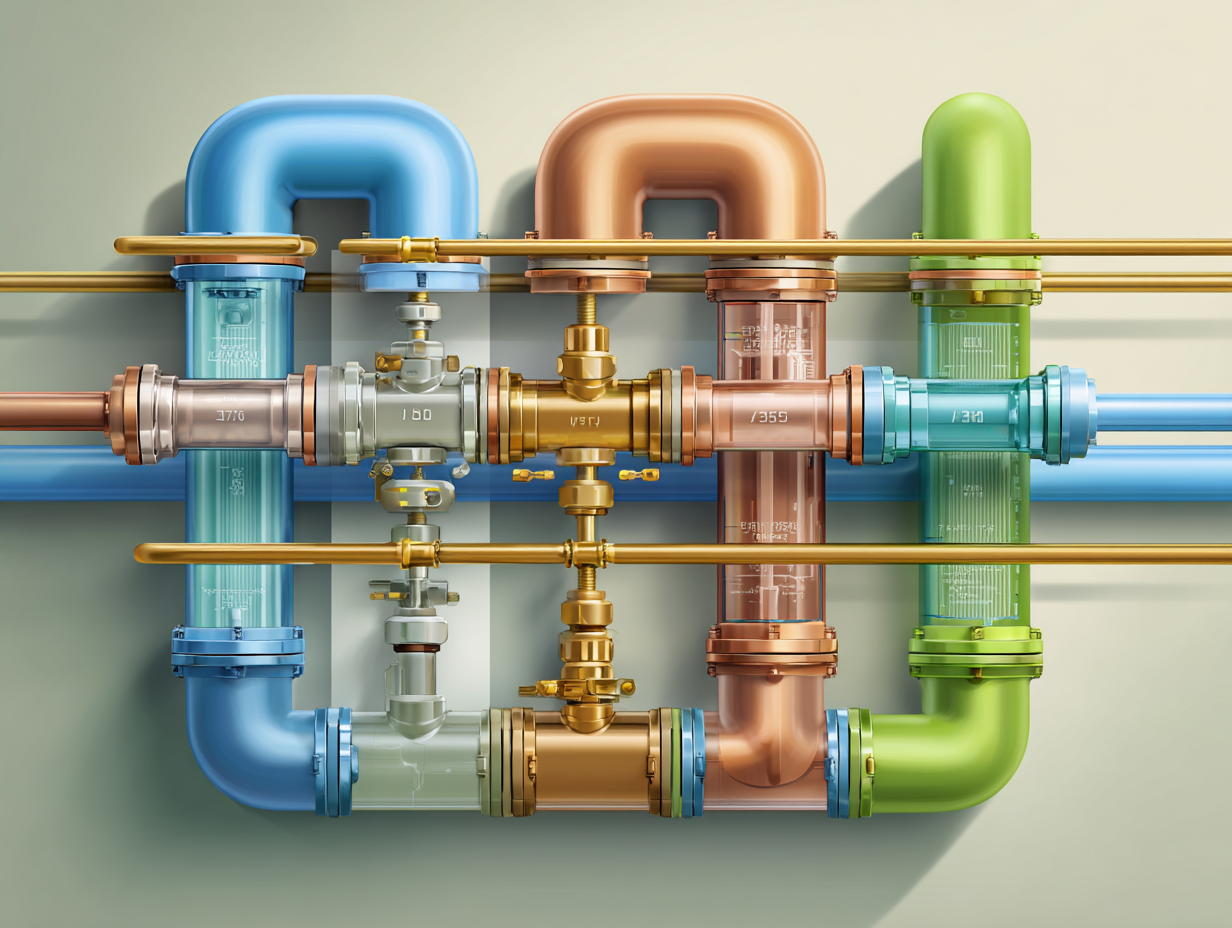
In the heart of modern urban life across Scandinavia and the EU, sewer systems stand as essential infrastructure, safeguarding public health and environmental integrity. These networks efficiently transport wastewater—including sewage and stormwater—from homes, businesses, and industries to treatment facilities, preventing contamination and promoting sustainable living. Without robust sewer systems, cities in Sweden, Denmark, or Finland would struggle with waste management, leading to health risks and ecological damage.
This in-depth guide delves into how sewer systems function, explores the main types of sewer systems, debunks common myths, and highlights innovative technologies. We’ll also examine EU regulations on wastewater treatment, the impact of population growth on infrastructure, and forward-looking solutions tailored to Scandinavian climates and EU standards.
Whether you’re a municipal planner in Norway or a homeowner in the Netherlands upgrading your property, understanding sewer systems is key to ensuring compliance and efficiency.
For the latest on sustainable urban solutions, visit our news section on infrastructure advancements.
How Do Sewer Systems Work? A Step-by-Step Overview
Sewer systems begin at the source: wastewater from sinks, toilets, and drains flows through lateral sewer lines—smaller pipes connected to homes or businesses. These feed into larger main sewer lines, directing the flow toward treatment plants. Access points like manholes allow for maintenance and inspections throughout the network.
Gravity is the primary driver, with pipes installed at a slight downward slope to facilitate natural flow. In topographically challenging areas, such as hilly Scandinavian terrains, pumps and lift stations elevate wastewater when gravity alone isn’t sufficient.
Systems may be combined (handling both sewage and stormwater) or separate to avoid cross-contamination. Regular maintenance ensures smooth operation, preventing clogs and overflows, in line with EU directives like the Urban Waste Water Treatment Directive (91/271/EEC).
The Three Main Types of Sewer Systems: Choosing the Right One for EU Applications
Sewer systems come in various designs to address specific waste types and infrastructure needs. Here, we compare the three primary types of sewer systems commonly used in Scandinavia and the EU.
1. Combined Sewer Systems (CSS): Traditional Yet Challenging
Combined sewer systems transport both stormwater and sanitary sewage through a single pipe network, a design prevalent in older European cities like Copenhagen or Stockholm.
Key Features:
- Cost-effective for historical urban areas predating modern regulations.
- Prone to combined sewer overflows (CSOs) during heavy rains, discharging untreated water into rivers or seas.
Advantages:
- Simplified infrastructure reduces initial construction costs.
- Suitable for densely populated EU cities with legacy systems.
Drawbacks:
- Risk of environmental pollution during storms, conflicting with EU Water Framework Directive goals.
- Mitigation involves storage tanks and wet-weather treatment to minimize CSOs.
Insight: In rainy Scandinavian regions, upgrades to CSS are increasingly incorporating green infrastructure to comply with stricter EU environmental standards.
2. Separate Sewer Systems (SSS): Modern and Sustainable
Separate sewer systems use dual pipes: one for sanitary sewage and another for stormwater, preventing overflows and enhancing treatment efficiency.
Key Features:
- Stormwater directs to natural outlets or treatment, while sewage goes to dedicated plants.
- Ideal for new developments in growing EU urban areas.
Advantages:
- Reduces pollution risks, supporting sustainable water management in countries like Germany.
- Handles population growth better, with scalability for increasing waste volumes.
Drawbacks:
- Higher upfront costs due to dual piping.
- Requires careful planning to avoid cross-connections.
Insight: SSS are favored in Scandinavian eco-friendly initiatives, aligning with the EU’s push for circular economy principles in wastewater.
3. On-Site Sewer Systems: Decentralized Solutions for Rural Areas
For remote or low-density regions not connected to central networks, on-site sewer systems like septic tanks and aerobic units provide independent treatment.
Key Features:
- Wastewater is processed locally, with treated effluent released into drain fields.
- Common in rural Finland or Norway where centralized systems are impractical.
Advantages:
- Cost-effective for sparse populations, with low installation needs.
- Promotes local water recycling, reducing transport demands.
Drawbacks:
- Requires regular pumping and maintenance to prevent groundwater contamination.
- Limited capacity for high-volume or industrial use.
Pro Tip: Ensure compliance with national EU-derived regulations, such as those in Sweden, for soil testing before installation.
Explore more on wastewater innovations in our news updates.
Sewer vs. Sewage System: Clarifying Common Misconceptions
Often confused, “sewer” refers to the physical infrastructure-pipes, manholes, and plants-while “sewage” is the wastewater itself, containing contaminants like bacteria and chemicals. Understanding this distinction is crucial for effective management under EU health standards.
How Do Sewers Work Uphill? The Role of Pumping and Lift Stations
In varied terrains like those in Scandinavia, gravity flow isn’t always possible. Pumping stations use mechanical lifts to propel sewage uphill, strategically placed to maintain system efficiency and prevent backups.
Preventing Overflows in Sewer Systems: Strategies for EU Compliance
Overflows pose health and environmental hazards, exacerbated by heavy rains or poor maintenance. Solutions include retention basins, green infrastructure like rain gardens, and permeable pavements—popular in Dutch and Danish urban planning—to reduce inflow and meet EU flood directives.
Preventing Clogs in Sewer Systems: Maintenance Best Practices
Clogs from debris, roots, or “fatbergs” (solidified fats) disrupt flow. Regular inspections, cleaning, and smart sensors enable proactive fixes, as seen in advanced Scandinavian monitoring systems.
The Future of Sewer Systems: Innovations Driving Sustainability in Scandinavia and the EU
As urbanization accelerates, sewer systems are evolving with smart sensors for real-time monitoring, eco-friendly biodegradable materials, and resource recovery techniques. These align with the EU Green Deal, promising resilient infrastructure against climate change.
The global wastewater market is expanding, with EU investments focusing on sustainable upgrades to handle population pressures.
Conclusion: Building Resilient Sewer Systems for Tomorrow’s Cities
Sewer systems are vital for healthy, sustainable communities in Scandinavia and the EU. From types of sewer systems to innovative preventions, prioritizing maintenance and technology ensures long-term efficiency.
Stay informed with our latest news on urban infrastructure. Reach out for expert guidance on your sanitation projects!


